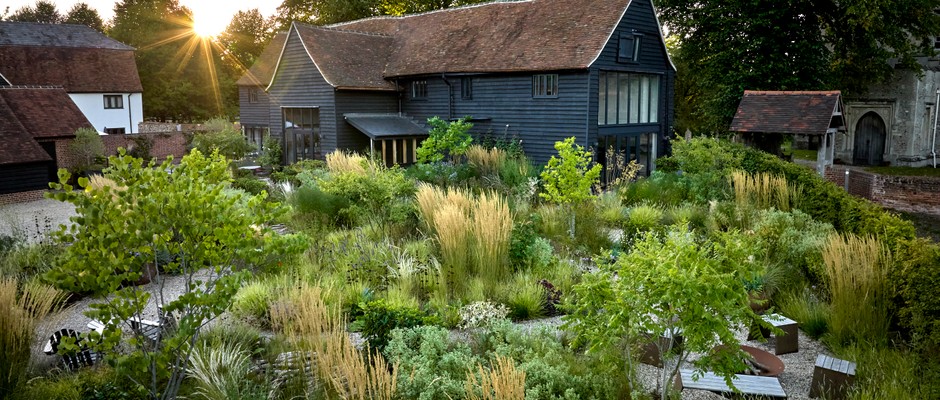
Linking design and ecology, avoiding the greenwash: the garden trends of 2022
Back in January of this year, we asked a number of designers and plantspeople to look ahead to what was to come for 2022. Now, we’ve asked them to reflect back on the year and consider how the gardening year was for them.
Last year we asked a selection of top designers to give them their thoughts on the year head. As 2022 draws to a close, we asked them to reflect on their year and consider what they’ve done and how their ideas and actions might have been influenced by a year full of challenges.
Don't miss the top news stories of 2022
Juliet Sargeant
Chelsea Flower Show Gold medal-winning garden designer who shares her passion for ‘all things garden’ at The Sussex Garden School.
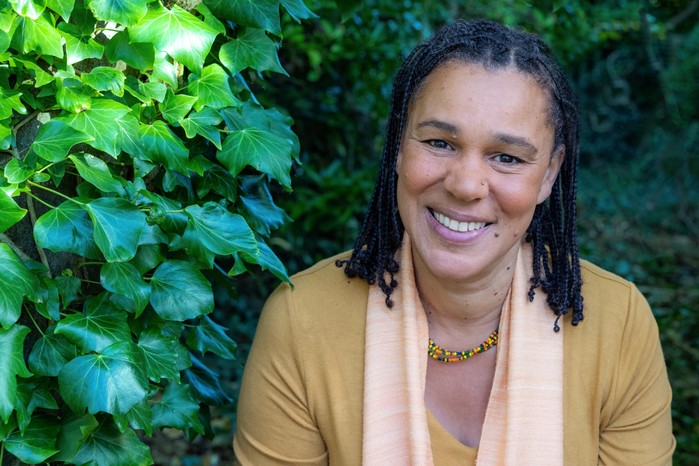
Togetherness and sharing
During the turbulent year of 2022, many people have, again, sought solace in their gardens. Growing awareness of environmental issues was accelerated by the weeks of drought, this summer. People are more and more wanting to use their outdoor space to contribute positively to sustainable solutions and to share their gardens with wildlife.
The theme of sharing has run through the months of 2022. A political soundbite from ‘Lockdown’ has lodged in people’s minds; we are ‘all in it together’ and it is with concerted effort, that we find the solutions to the big problems.
That was very much the theme of my Chelsea Flower Show garden, The New Blue Peter Garden: Discover Soil. Designed as a community learning space for children, and now re-located to The RHS Gardens Bridgewater, it is an invitation to think of ways that each one of us can protect and nurture our endangered soil. Small actions and big ambitions.
I am, now, working on two other community gardens: The Commonwealth & Ghurka Garden in Woolwich and The Holy Trinity Clapham Garden. Fund-raising for shared projects is always a daunting ambition and the time-lines long. However, the rewards are enormous, for creating a space which is accessible to everyone and for the benefit of the many who do not own their own soil.
sussexgardenschool.com
Julietsargeant.com
@julietsargeant
Freddie Strickland
Award-winning garden designer, gardener and RHS Young Designer of the Year 2021
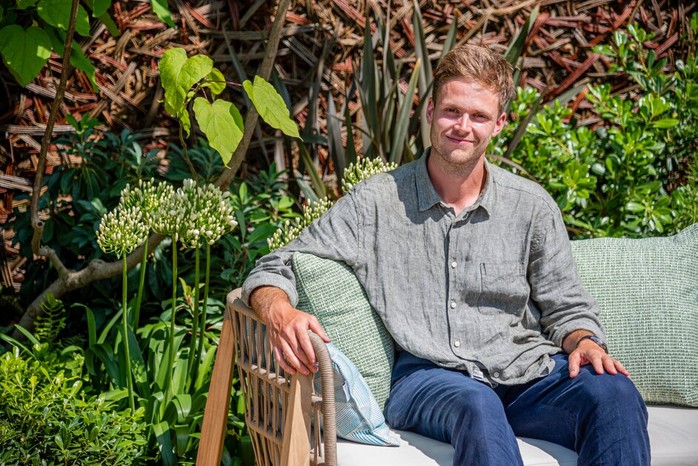
Changing Worlds
If there was one plant that indicates a changing landscape today, it would likely be our native ash; Fraxinus excelsior. Many have observed how this year’s challenging climate has proved more than ever to be a crippling season for our much-loved native tree. With ash dieback taking hold, huge gaps are revealed like scars in our national canopy, where until very recently once stood great trees.
Woodlands are always evolving, and in this spirit we focus upon our next task as horticulturalists; what trees will stand in their place? In face of uncertain times and a rapidly changing climate, we have an opportunity to aid regeneration with a more resilient selection of trees, embracing a wider diversity of species to guarantee healthy woodlands for the inevitably more challenging future.
There is an underestimated responsibility on all of us in the horticultural industry to adjust to these changes. This presents fantastic opportunities to collaborate with a variety of professionals, each with expertise in their own field. From ecologists to forestry consultants to growers, we can find comfort in collective knowledge to adapt to this changing world.
More like this
Freddiestrickland.com
@freddiestricklandgardens
Stefano Marinaz
Landscape architect and garden designer
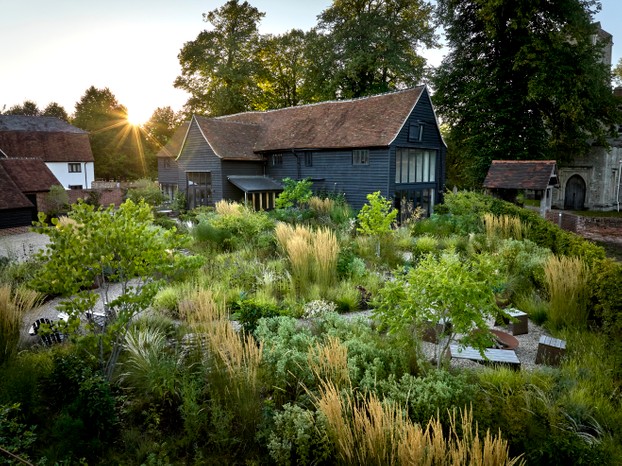
Texture and small details
The last twelve months have been a fantastic year for our studio as we have done a show garden at the Floriade Expo in Almere, which has been a great boost to promote our new office in The Netherlands. The garden has won an award for the overall concept and it was open for 7 months with more than 600.000 visitors.
Given the ever changing world as designer of private gardens I feel that the intimate space of our homes is something we give for granted but it is so precious and fragile. This is why I want to highlight a particular project I have been working on where inspiration for the whole garden came from a bespoke texture we designed. Texture is something I am very passionate about as it highlight the importance of small details, this allows the viewer to slow down with the pace of his daily routine and being part of that moment. We have recently shared the process and some glimpses of this special project on our social media platforms.
This year has also been very important for our Church Barn project in Essex as it has reached maturity in the second year since it was planted. We are now ready to open it to the public from next year, one day in each season. Booking will be available on our website.
Stefanomarinaz.com
@stefano.marinaz
Charlotte Rowe
Award-winning garden designer
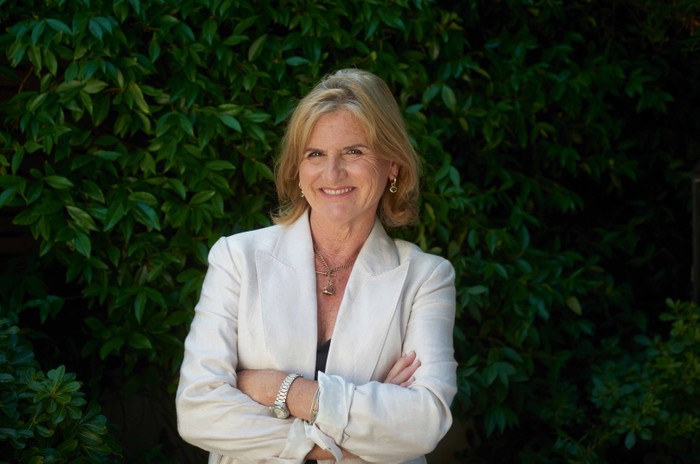
Avoiding the green wash
Sustainability and ‘eco-friendly’ gardens have been discussed for years now so I would not exactly describe this as a ‘trend’. On the contrary, sustainability should be viewed as a way of looking at life and be a universal and systemic part of horticulture rather than just a trend. There is an awful lot of ‘green washing’ nowadays, which is an easy way out of not really facing up to what really are important issues. We need to enter the next phase of the movement and create gardens that are environmentally friendly systemically and to the core.
Having said this, it is really tricky designing a small London courtyard without using some paving and other hard-standing areas and a wildflower meadow is not really an option on such a small scale. In line with this, as a studio, we make a point of including at least a small gravel planting area in all our client projects now using an ever wider range of plants – in particular, in our front gardens where we need to comply with SuDS regulations (Sustainable Drainage Systems).
Charlotterowe.com
@Charlotterowegardens
Acres Wild – Debbie Roberts and Ian Smith
Award-winning designers and garden consultants

Appropriate planting
After the experience of Covid lockdowns we are generally finding clients to be more aware of the beneficial effects of gardens on their wellbeing, as well as being more patient and understanding of the time involved in making a garden. Many are now keen to maintain their own gardens as a way of engaging more positively with plants and nature, and those who do employ professional help really appreciate the knowledge and skill that this brings.
The extreme heat of summer 2022 illustrated the effects of climate change close to home with a desire for more shady seating spaces and planting schemes that will cope with extreme conditions. Whilst this awareness sometimes manifests as a request for more irrigation(!) it is also leading to an understanding of the need to plant appropriately and a better appreciation of how selecting the right plant for the right place is an important part of the design process.
On a personal level, we’ve been revisiting some gardens to see how they fared during the drought and have been pleasantly surprised at how established gardens have coped without irrigation, noting which plants have thrived and which have struggled. All in all, it’s been a very educational year!
acreswild.com
@acreswildgardendesign
Jonathan Snow
Gold medal-winning garden designer
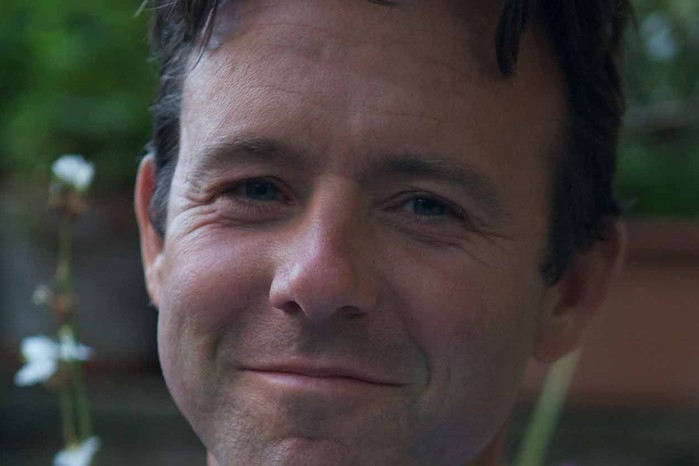
Pared back landscaping
The battle to encourage good maintenance practices and get clients to commit to it financially, year round, still rages! I view it as a longer term goal. And I am happy to see a continuing trend towards unmade gardens, or at least that’s the work that we are picking up. I have a large garden project in Hampstead where there will be a very small amount of hard landscaping and an almost ‘secret garden’ feel, with a mass of planting, rose covered walkways, an outdoor shower, and no lawn.
In Wales, we are working on a complicated garden of many levels, where much of the hard landscaping elements have been stripped out or pared back, in favour of earthworks stabilised by planting, and aggregates which will return water to the garden, rather than removing it. A spring-fed natural dipping pond with views over the valley is being preferred to a more traditional swimming pool.
Jonathansnowdesign.co.uk
@jonathansnowdesign
Charlie Harpur
Plantsperson, designer and head gardener at Knepp Wildland Project
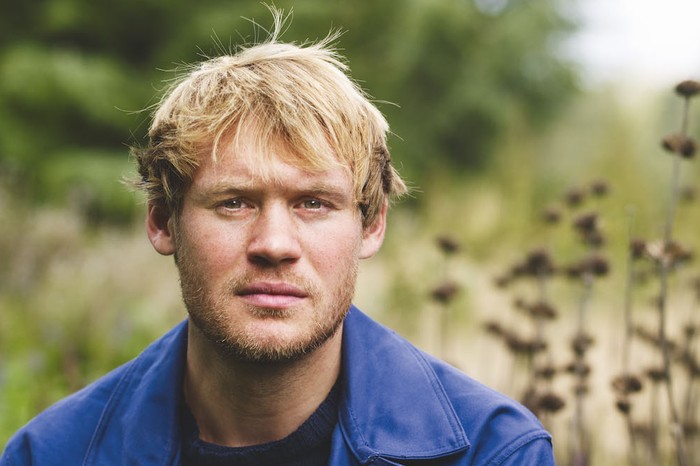
Linking design and ecology
On a personal level, this year has indeed been wilder than the last. The extreme weather (widely referred to as the ‘new normal’) has perhaps been very appropriate for my first few months managing a radical new garden biodiversity experiment in the south of England. In March, I made the slightly scary leap from Tom Stuart-Smith’s studio to the project he had recently masterminded at Knepp Castle in Sussex. The binding together of design and ecology in such a fascinating way was just too good to miss.
We sowed and planted into a mix of different soils - including some almost entirely composed of building waste materials from the estate - in November 2021, but many only went in the ground in April this year. Nearly four months of no rain was therefore an especially good first test for our hopefully resilient plant communities. It got their roots diving deep to seek out what little moisture there was - and so far, so good.
Almost three months of constant rain (I can hear it thundering loudly as I write) has certainly become the next test. Learning from similar habitats in nature and thinking outside the box a bit could help us convert these extremes into opportunities for wildlife within our gardens. The discussion and sharing of experiences with fellow gardeners on different sites has been really exciting this year, and fills me with optimism for whatever 2023 throws at us.
Authors

Niwaki bundle worth £57 when you subscribe
Subscribe to Gardens Illustrated magazine and claim your Niwaki bundle worth £57
*UK only
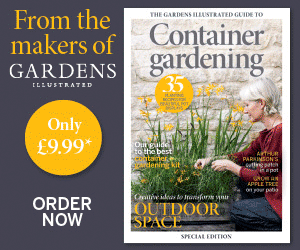
Container Gardening Special Edition
The Gardens Illustrated Guide to Container Gardening.
In this special edition, discover colourful flower combinations and seasonal planting schemes for pots designed by leading plantspeople, and essential know-how for container gardening success. Just £9.99 inc UK p&pBy entering your details, you are agreeing to our terms and conditions and privacy policy. You can unsubscribe at any time.
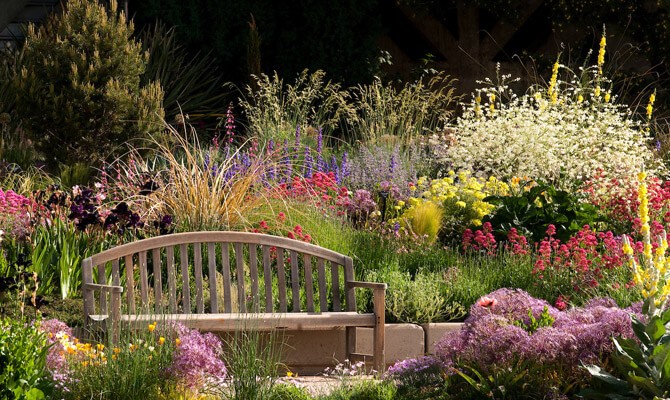
Gardens of the Globe
From botanical wonders in Australia to tranquil havens closer to home in Ireland, let this guide help you to discover some of the most glorious gardens around the world
By entering your details, you are agreeing to our terms and conditions and privacy policy. You can unsubscribe at any time.




